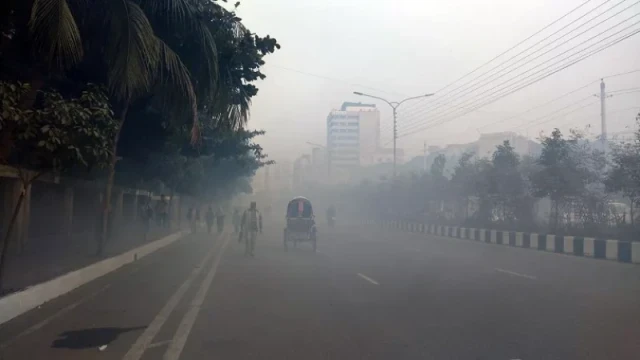Sundarbans, Sept 30 (V7N) – The Sundarbans, the world’s largest mangrove forest spanning Bangladesh and India, is facing a sharp rise in deer poaching despite strict restrictions and intensified patrols by the Forest Department.
Covering nearly 10,000 square kilometers, of which 6,017 sq km lies in Bangladesh and 3,983 sq km in India, the Sundarbans is home to an estimated 375 species of wildlife, including tigers, crocodiles, and an abundant deer population. According to a 2018 census, more than 142,000 deer were recorded in the eastern and western divisions of the Bangladesh Sundarbans.
Deer meat has become a delicacy in urban markets, fueling organized poaching syndicates that deploy sophisticated methods to evade law enforcement. Hunters are reportedly using stainless steel wire traps, nearly invisible under the mangrove canopy, and in some cases, chemical sprays as bait. Forest officials admit that demand for venison and deer hides is driving the trade, with meat reportedly selling for 1,200 to 1,800 taka per kilogram on the black market.
Local sources revealed that gangs from Barguna, Pirojpur, and surrounding coastal areas enter the Sundarbans disguised as fishermen, honey collectors, or crab catchers. They transport hunting tools in pieces, assemble traps deep inside the forest, and hide equipment underground for reuse. Deer are slaughtered at night, and the meat is smuggled out through routes in Sharankhola, Kachikhali, Chandeshwar, Dimar Char, Panir Ghat, and Sonatola.
Forest officials confirmed that between June and August, when forest entry was officially restricted, more than 24,000 feet of snares, 600 ground traps, and large quantities of hunting equipment were seized. During that period, 189 complaints were filed, 94 cases registered, and 148 people arrested in connection with poaching and illegal hunting.
Insiders also allege that some corrupt forest officials and local influential figures are shielding the poachers. Witnesses claim that venison is often used for political favors, bribes, and elite entertainment. In some cases, wild boar meat has been disguised and sold as venison to unsuspecting buyers.
Forest rangers, however, face severe challenges. Each ranger is responsible for patrolling up to 1,800 hectares of dense forest, often on foot and at risk from tigers, crocodiles, snakes, and armed poachers. Shortages of manpower, fast patrol boats, and protective gear add to their difficulties. Officially, the Eastern Division alone should have 426 staff, but only about 150 are currently active.
Speaking to Voice7 News, Azad Kabir, acting officer of the Koromjal Wildlife Breeding Center, said: “People in nearby communities believe serving venison to relatives and friends is a great achievement. But deer hunting is illegal, and some wealthy individuals even advance money to hunters to secure venison. Without strong public awareness and cooperation, it is very difficult to stop.”
Mohammad Rezaul Karim Chowdhury, Divisional Forest Officer of the Sundarbans East Division, added: “Despite manpower shortages and limitations, our rangers are working tirelessly. Still, poachers are inventing new tactics. Protecting deer requires collective effort, and all sections of society must play a role.”
Conservationists warn that if unchecked, organized poaching could severely deplete the Sundarbans’ deer population, disrupting the ecological balance of this UNESCO World Heritage Site and threatening the food chain of the Bengal tiger.
END/MRS/SMA/































Comment: